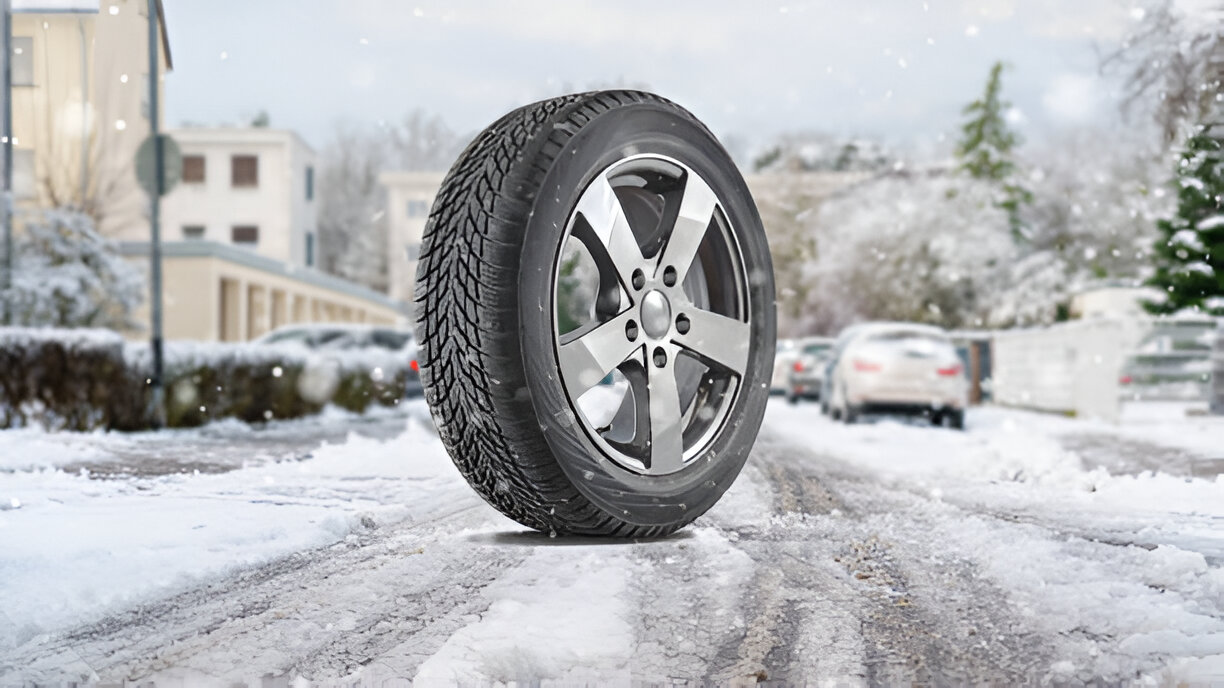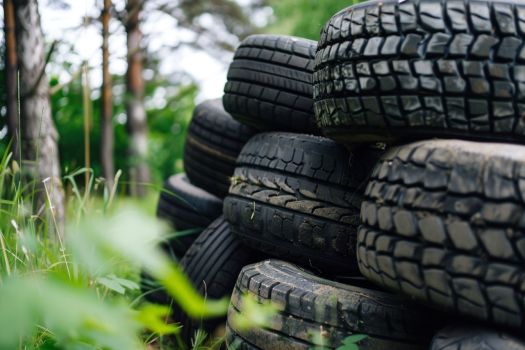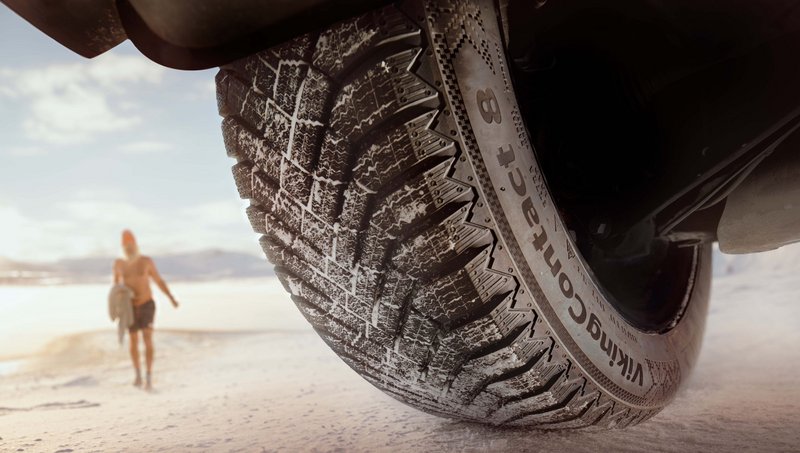Last Updated on August 2, 2025
Green Tire Practices: Sustainable Practices in the Tire Industry
“Sustainability” isn’t just a buzzword anymore – it’s a movement. How is this green movement affecting us? Industries known for creating a lot of waste in the past, such as tire manufacturing, have been turning over a new leaf and trying to come up with viable solutions to save our Earth’s resources. Recently, many tire companies waved goodbye to harmful business practices and incorporated environmentally friendly approaches into their core values.
Highlighting Industry Leaders
Have you ever wondered about Green Tire Practices’ impact on the Earth? Maybe after you’ve seen tires heaped in landfills and stockpiles or passed by rubber scraps on the highway, you’ve had concerns about the fate of this waste material. As it turns out, tire manufacturers are pretty concerned, too.
It’s no secret that the tire industry has been heavily criticized for the damaging impact waste tires have on our environment. But lately, the industry has adopted tire recycling initiatives to create innovative waste management solutions and more sustainable products.
These programs have produced numerous environmental benefits, and tire producers have since refocused efforts on eliminating waste and saving oil and energy.
That’s not the only thing companies are doing to become more sustainable. Below are three big tire giants that have changed how rubber is sourced and processed globally.
Rest assured, when you purchase from these brands, you’re not only buying into a greener tire but also a greener Earth.
Continental Tires
One company stands out among the early adopters of a sustainable-minded mission in the tire industry. According to Rubber & Plastics News, Continental “is one of 11 leading tire makers on the World Business Council for Sustainable Development working to establish an industry standard for the sustainability of natural rubber.”

Continental is committed to sustainability: “Sustainable management and social responsibility are among our fundamental values. They form the basis of our work, they guide our corporate strategy, and they will take us into the future of Green Tire Practices.”
With this commitment driving its mission, Continental has advanced in natural rubber sourcing in recent years. Indonesia, the source of the rubber used in Continental products, is recognized as the number two crude rubber producer nationwide. To improve crude rubber production, Continental is partnering with an international aid agency, Deutsche Gesellschaft für Internationale Zusammenarbeit (GIZ) G.m.b.H, to train Indonesian rubber farmers on essential sustainability practices.
Continental claims’ zero tolerance’ for deforestation, land grabbing, and other environmental issues. Their sustainability best practices guide them and other tire companies to adopt more Earth-friendly solutions!
Cooper Tire & Rubber
Cooper Tire & Rubber Company’s sustainability reporting states that corporate social responsibility (CSR) has greatly influenced its 100-plus-year legacy. The company recognizes that increased growth means a larger footprint. And this footprint has a severe impact on the environment.

‘Responsibility, the Cooper Way’ means a triple bottom line of planet, people, and products. Their sustainability strategy includes three pillars to which they’re committed: Caring and Connected, Efficient, and Innovative.
How do they back this up?
A recent push towards clean oil at the Cooper plant in Kunshan, China, finally secured clean oil usage in tire production at all Cooper-owned plants. That’s impressive.
Additionally, a graph of greenhouse gas emissions shows downward trends in their most recently published 2016 report.
In the local communities, Cooper has major facilities; the company partners with programs supporting safety, education, youth development, and community-giving efforts. They strive towards more fuel-efficient tires that perform better and use alternative materials with minimal environmental impact. Copper Tire & Rubber Co. is one of only two tire companies recognized as Energy Star Partners under U.S. DOE and EPA standards.
As far as we’re concerned, CTR and CSR go hand-in-hand.
Nokian Tires
The green movement isn’t just isolated to the USA. Another sustainability-minded tire producer in Finland is Nokian Tyres.
Sustainability is simply a natural component of Nokian Tyres’ everyday operations. Nokian Tyres has been a member of the U.N. Global Compact (UNGC) Initiative for the past two years. Nokian Tyres is deeply committed to the U.N.’s Sustainable Development Goals (SDGs).

As these three tire giants push the industry towards Green Tire Practices and cleaner tire production practices, stakeholders in the global community will significantly benefit from their commitment to transparency, safety, and mutual care and concern for our world’s limited resources.
Nokian Tyres’ sustainability goals revolve around five components of sustainability management:
- Transparent and comprehensive reporting
- Business ethics and compliance with laws and regulations
- Responsible purchasing of raw materials, goods, and services
- Good corporate citizenship
- Active stakeholder engagement
Their most recent sustainability goals came to fruition three years ahead of Target.
But they’re not stopping there.
Nokian is putting the green light on working to find more eco-friendly materials to use throughout its manufacturing footprint. They’re leading the charge to create added value for people, profits, and the planet.
As these three tire giants break from outdated, harmful practices and push the industry towards greener, cleaner tire production practices, our Earth will benefit from their mutual care and concern for our world’s limited resources.
Conclusion
In summary, the tire industry embraces sustainability by adopting green tire practices and aligning with emerging environmental trends. These practices include using eco-friendly materials, enhancing fuel efficiency, extending tire lifespan, reducing noise emissions, and actively participating in tire recycling initiatives. These efforts collectively promise a more environmentally friendly and sustainable future for our planet.
However, the responsibility doesn’t rest solely with the industry. As consumers, our choices play a crucial role in promoting eco-conscious driving. By opting for eco-friendly tires and supporting sustainable initiatives, we contribute to a cleaner and greener world. The collaboration between the tire industry’s commitment to sustainability and our individual choices drives us towards a brighter, more environmentally friendly tomorrow, one tire at a time.
Knowing these companies’ collective green work, here’s to a future of feel-good purchase decisions. Happy Earth Day!
Tires-easy LLC is a proud distributor of the Continental Tire, Cooper Tire & Rubber Company, and Nokian Tire brands. To read more about these brands and their product offerings, visit Tires Easy.
FAQs
What is the green tire?
A green tire, often called a “green” or “uncured” tire, is raw and unvulcanized. It has been assembled with various tire components, including the inner liner, sidewalls, belts, and beads, but has not yet been cured. The curing process involves applying heat and pressure to the green tire in a mold, transforming it into its final, durable, and fully vulcanized form.
What is the green tire building process?
The green tire-building process involves assembling various tire components onto a tire-building drum or machine. These components include the inner liner, ply layers, belts, sidewalls, and beads. During this process, the tire components are layered and shaped to create the tire’s desired structure. Once the tire is built to specification, it is called a green tire. It is then ready for the curing process, where it will be vulcanized to achieve its final form and properties.
What is a green tire before curing?
Before curing, a green tire is in its pre-vulcanized state. It has been constructed with all its essential components but has not undergone the vulcanization process, which imparts the tire with its final strength, durability, and physical properties. Green tires are typically softer and more flexible than their cured counterparts and are unsuitable for vehicle use until they have been adequately vulcanized.
What does tire tread green mean?
“Tire tread green” refers to a tire’s tread condition before it has experienced significant wear or aging. It describes the tire’s tread when it is new or has minimal use. The tread is the part of the tire that makes direct contact with the road, providing traction and grip. A green tire tread is essential for optimal performance, as it offers better traction, handling, and safety than worn or aged tread. Regular tire maintenance and proper care can help prolong the life of a tire’s green tread, ensuring continued safety and performance on the road.
-
Automotive Specialist
-
Proofreader
-
Writer









